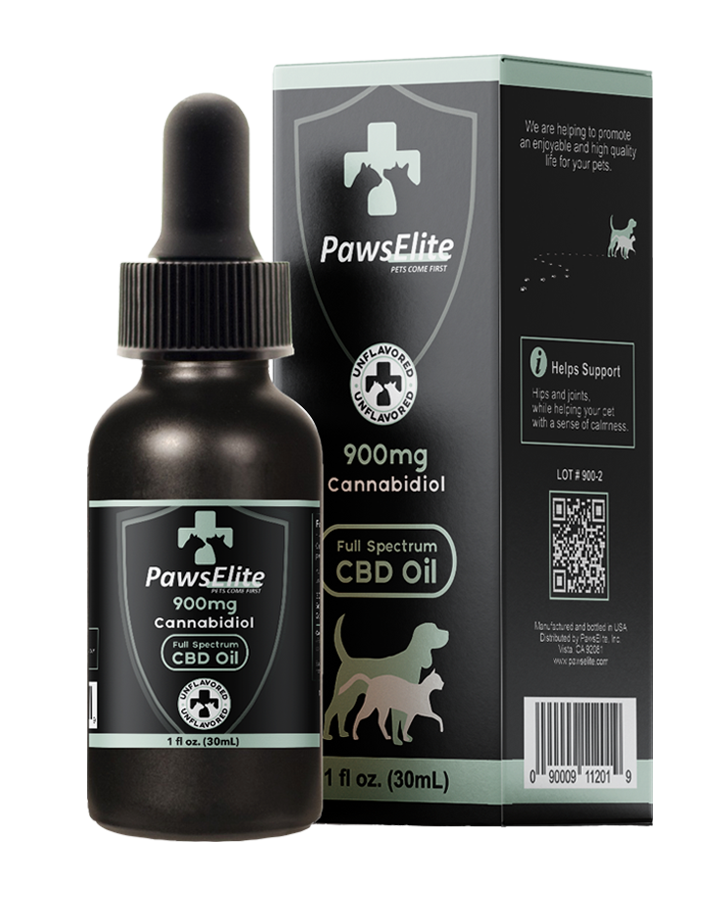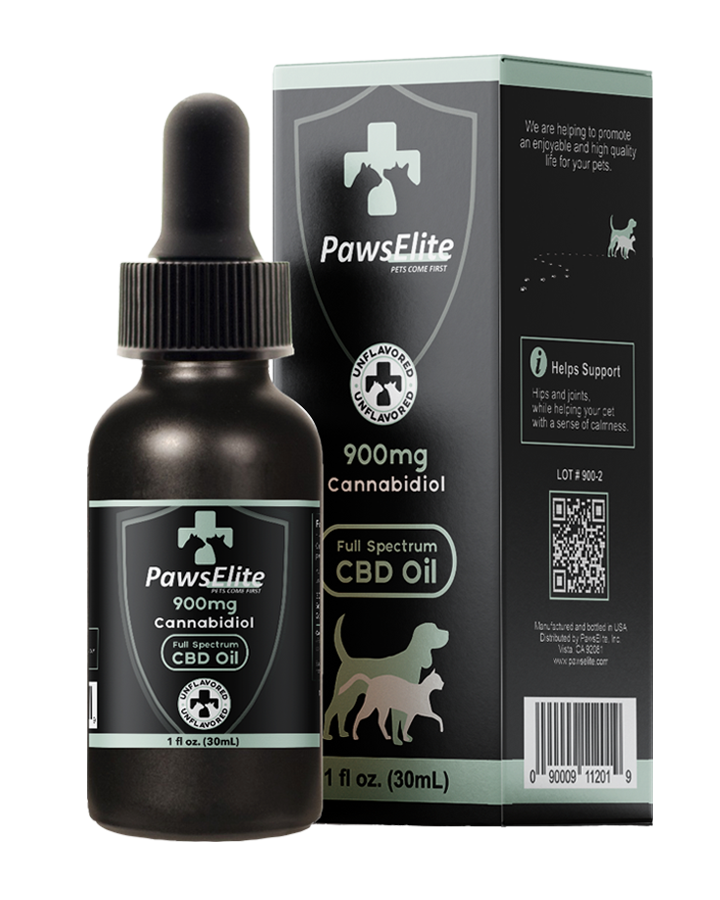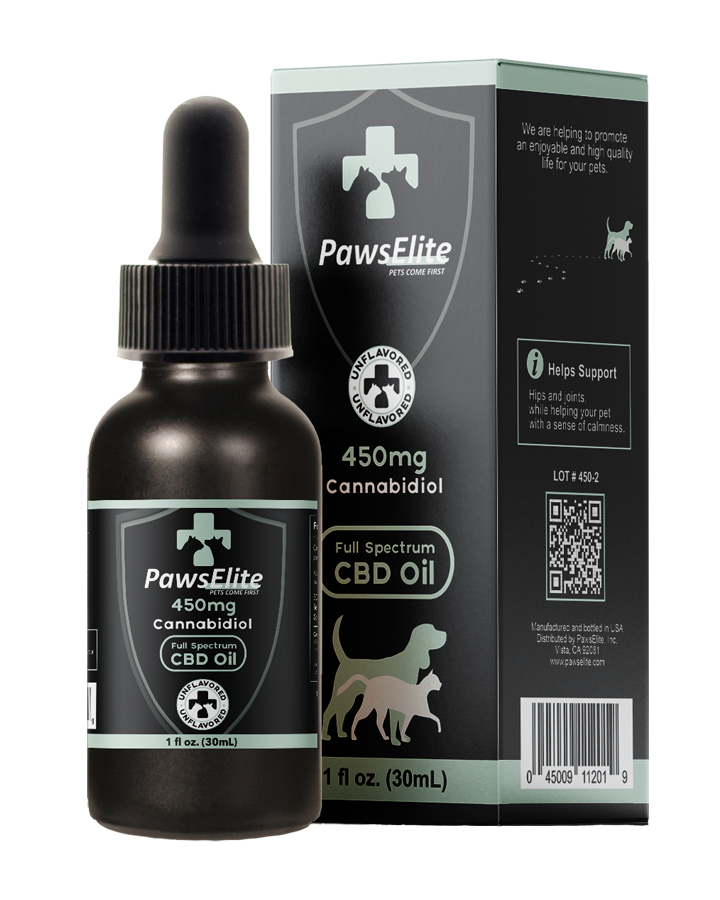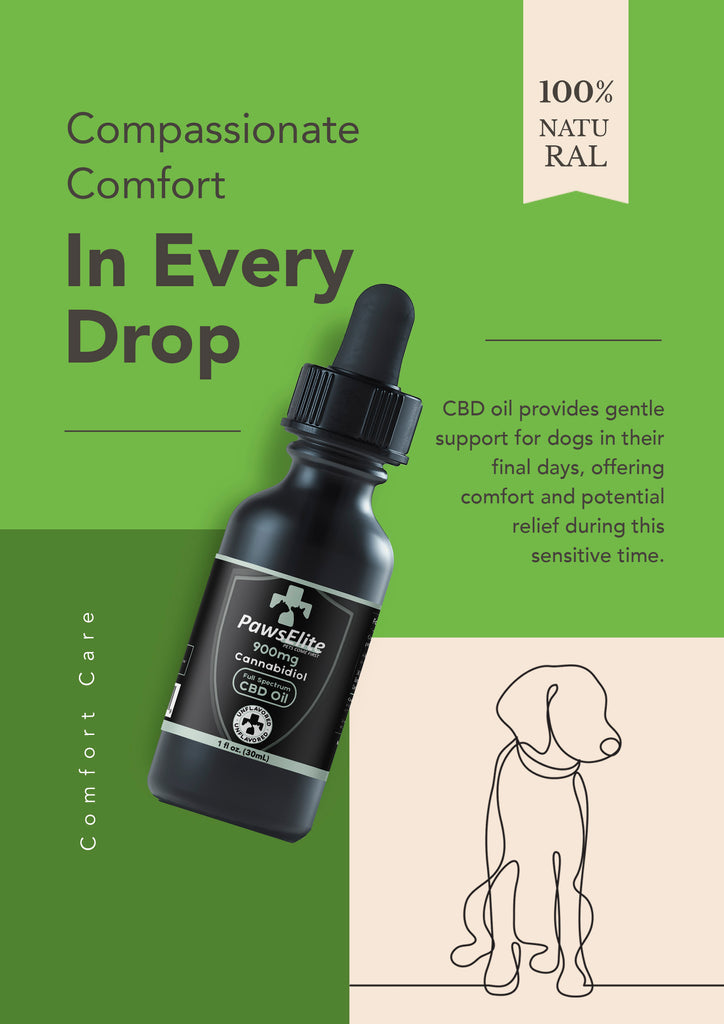The Most Common Hazards for Dogs in Colorado
Share
Colorado's vast natural beauty, from its rugged mountains to its lush forests, makes it a paradise for pets and pet owners alike. The state's outdoor lifestyle is perfect for dogs who thrive on exploration and adventure. However, the very environment that provides endless recreational activities also harbors various hazards that dog owners should be aware of. Understanding these dangers and how you can protect your pets is part of being a responsible pet parent in the Centennial State.
Wild Animals
One of the most immediate threats to dogs in Colorado comes from the wildlife. Encounters with coyotes, mountain lions, and even venomous snakes can be life-threatening. These animals are especially active during dawn, dusk, and night. Dog owners should keep pets on a leash and be vigilant while hiking or walking, especially in heavily wooded areas or places known for wildlife sightings.
Altitude Sickness
Altitude sickness isn't exclusive to humans. Dogs, too, can experience discomfort or health issues when they are quickly taken to high elevations without proper acclimatization. Symptoms in dogs include vomiting, lethargy, and appetite loss. When planning a hike, consider your dog's fitness level and gradually increase your pet's altitude exposure to help them adjust.
Extreme Weather Conditions
The region's weather conditions can also pose significant threats. The high altitude sun exposure can lead to heatstroke in the summer, while freezing temperatures in the winter can cause hypothermia or frostbite. Providing ample water, shade, and rest during hot weather, and protective clothing, shelter, and warmth during cold spells, is essential.
Hazardous Plants
Colorado's wilderness is home to several plant species that are hazardous to dogs. Foxtails can attach themselves to a dog's skin, often leading to infection, while certain wild mushrooms can be toxic if consumed. Owners should familiarize themselves with dangerous local plant life and keep dogs on trails and away from high grasses or unknown fungi.
Waterborne Pathogens
While Colorado's lakes and streams may appear pristine, they can contain waterborne pathogens like Giardia, which can lead to debilitating gastrointestinal issues in dogs. Avoid allowing your dog to drink from standing bodies of water and always carry fresh water for both you and your pet.
Protecting Your Canine Companion
Confronted with the diverse environmental hazards in Colorado, pet owners need to adopt a multifaceted approach to safeguard their dogs' well-being. Beyond the financial safety cushion provided by Colorado pet insurance for dogs and cats, proactive, preventative strategies are crucial.
Firstly, preventive healthcare is essential. Regular veterinary check-ups can preemptively address health issues, and routine vaccinations and medications can ward off diseases transmitted by wildlife, such as rabies or leptospirosis. Discussing your outdoor activities with a vet can ensure you're taking all necessary precautions, including potentially necessary booster shots dependent on your pet's exposure level.
Moreover, direct protection against environmental risks is necessary. Utilizing dog booties can prevent injuries from rough terrain or toxic plants and help shield paws from temperature extremes. Reflective gear or a safety vest is advisable for visibility, protecting your pet from hunters, vehicles, and allowing you to maintain visual contact in densely wooded areas.
It’s also essential to carry a pet first-aid kit during hikes or trips. Immediate treatment can be crucial to a positive outcome in emergencies. The kit should include essentials like bandages, tweezers for tick or splinter removal, antiseptic wipes, and a pet-specific thermal blanket for temperature drops.
Training is another invaluable tool. Teaching your dog commands like “leave it,” “come,” and “stay” can literally be life-saving, preventing them from approaching dangerous wildlife, ingesting toxic substances, or running off and becoming lost.
While the thought of hazards can be daunting, these comprehensive precautions enable pet owners and their four-legged companions to safely embrace the adventures that Colorado’s wilderness has to offer. The peace of mind achieved by this level of preparation ensures that each outing can be enjoyed to the fullest.
Conclusion
The majesty of Colorado's landscapes offers an unparalleled experience for dogs and their owners. However, the responsibility of keeping pets safe while they explore rests squarely on the owner's shoulders. By being aware of the common hazards and taking preventive actions, dog owners can ensure many happy and healthy adventures for their four-legged family members in Colorado's great outdoors. Also check out families in connecticut medical marijuana card access.









